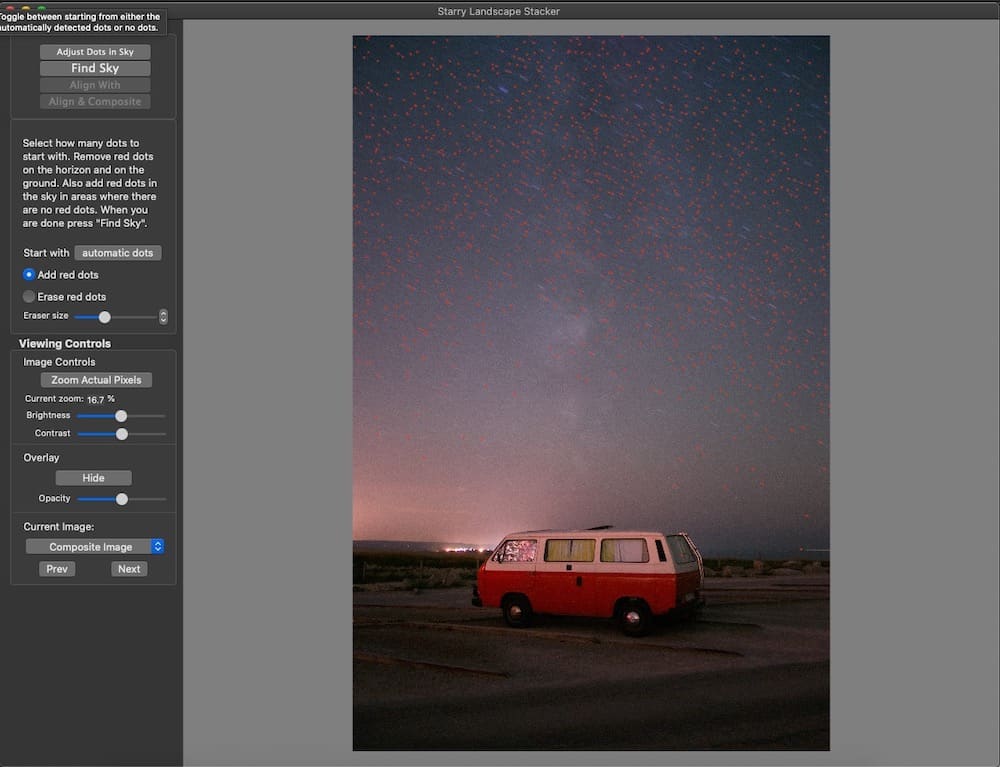
Rosette Nebula, Skywatcher 80mm telescope f6 500mm. Photo by: 'Kerry-Ann Lecky Hepburn'. North America Nebula, Canon 100-400mm f5.6 by: 'Kerry-Ann Lecky Hepburn'. The Large Magellanic Clouds, Canon 100mm f2.8. Photo by: 'Kerry-Ann Lecky Hepburn'.Īndromeda Galaxy, Canon 100-400 mm f5.6 200mm. Photo by: 'Kerry-Ann Lecky Hepburn'.

Rho Ophiuchus and Antares, Canon 100mm f2.8. Photo by: 'Kerry-Ann Lecky Hepburn'. Here are a few examples of different night sky objects taken with different lenses and focal lengths. Some commonly-used lenses and telescopes in deep-sky photography include:Ĩ0mm refractor telescope (ranges from 400-600mm focal length)Īlso note, that unlike with nightscapes, having a fast lens is not imperative for deep-sky photography because we will be taking long tracked exposures. There are a great number of objects that are fairly large in apparent size. It’s a big misconception that you need a high-powered telescope to be able to take astrophotos of galaxies, nebulae and clusters in space. The lens size that you use will depend on what type of object that you want to photograph. The odds are that if you are a day time photographer, you will likely already have what you need. You can use a wide array of lenses for deep-sky astrophotography. See also: Image Formats | RAW vs JPEG in Photography.We want a cooled sensor because heat results in noise. These have the advantage of being sensitive to all wavelengths of light for astrophotography in addition to coming with a cooled sensor. However, you can also modify your own existing camera.Ĭanon 6D. Photo by: 'Kerry-Ann Lecky Hepburn'.Īs you become more advanced, another option to consider is a dedicated cooled CCD astro camera like the SBIG 8300 or a QHY-8. Some cameras which have already been modified, like the Canon 60Da and the Nikon D810a, are available for purchase. As you start to improve over time and begin to demand more out of your images, you may want something more specialised like a modified DSLR, where the infrared cut-off (IR) filter is replaced for better transmission of hydrogen gas (objects with red nebulosity). A simple DSLR, mirrorless or comparable camera capable of shooting long exposures in RAW mode will do a respectable job.įull frame cameras with good noise handling, such as the Canon 6D (any version), Canon 5D, Nikon D810 and the D850, are a few examples. Your camera doesn't need to be complex when you are just starting out. See also: Must Have Filters for Landscape PhotographyĮquipment You'll Need for Deep-Sky Photography Camera.Hercules Cluster. Photo by: 'Kerry-Ann Lecky Hepburn'.Īndromeda Galaxy. Photo by: 'Kerry-Ann Lecky Hepburn'. Iris Nebula. Photo by: 'Kerry-Ann Lecky Hepburn'. Here are a few examples of different types of deep-sky objects taken by me on my driveway in the suburbs: an emission nebula, dark reflection nebula, globular star cluster and galaxy.

After going through the needed steps of acquiring and processing the frames that you have captured, you will begin to see the colour and detail that you aren't able to see with the unaided eye. Nontraditional photographic techniques need to be used because the objects are typically very faint. This is different from nightscape photography, where you are capturing a landscape at night, oftentimes with stars, constellations or the Milky Way as a backdrop.ĭeep-sky astrophotography is a very rewarding aspect of photography because you can really explore and get in touch with thousands of objects in the night sky at a more detailed level.


 0 kommentar(er)
0 kommentar(er)
